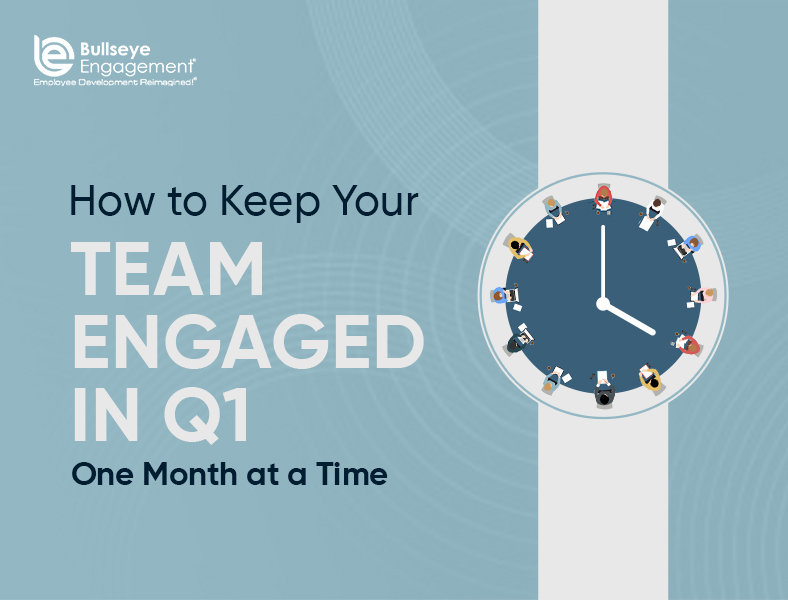
Building a candidate pipeline refers to having an available resource pool of candidates, is an area of discussion that has existed for years. Lately, with the decline in positions available, this area of discussion has reemerged.
Problems with a Candidate Pipeline
There is a significant amount of frustration hinging on rather arid candidate pipeline development. This is due to:
- Unrealistic expectations of managers
- Ambiguous and unrealistic expectations in terms of the time consumed when building pipelines and creating a candidate-management relationship program.
Regarding unrealistic expectations of managers; there are different viewpoints taken by recruiters and hiring managers, and they tend to define “developing candidate pipelines’ differently.
Most hiring managers tend to define a candidate pipeline as ‘a pool of pre-screened applicants who wish to work for a particular organization. So, when there is an opening, they get a call, interview them and decide whether or not to hire them.’
Communication with Candidates is Vital for Maintaining a Candidate Pipeline
As opposed to the above definition, it would be better to describe a candidate pipeline as ‘a resource pool comprising professionals communicate with you on a regular basis concerning vacancies at your organization.’
Regular communication should be part of the pool building practice, and it won’t be hard for you to draw talent from a pool of resources. Managers need to be educated in this regard, and they need to know that it simply isn’t realistic to expect a candidate to join you when with a little more than a two-week notice. It’s also quite unlikely that even an active job seeker would remain interested and available for a job at your organization.
Invest Time in Developing a Candidate Pipeline
It’s important to put time into developing candidate pipelines, which includes identifying an individual, making contact, and maintaining relationships with talented professionals. Use the following steps:
- Identify talented and qualified applicants aligned with vacancy specifications
- Verify their skills listed on their profiles
- Make contact, engage and discuss their plans and your offer
- Build and maintain a professional relationship
Solving the Candidate Pipeline Problem
- Hiring managers should be more educated regarding candidate pipelines
- Hiring managers should understand the process of building candidate pipelines.
- Ensure that hiring managers and employees too remain engaged: it’s important to know who the top performers are.
Conduct a time study to gauge how much time is consumed for:
- identifying applicants
- verifying candidate skills
- maintaining contact and relationship building
Create a data-propelled strategy that ensures candidate pipelines are founded on what customers demand
Remember, there is hard work to put in for establishing a candidate pool. Nothing is going to happen just by creating a recruitment profile where you add people. You must be engaged, and you must spend time engaging talent you may need at some point. Be creative and share information on industry-related information that candidates will find interesting and helpful. This way, you will always be in your candidates’ minds and in their favor.

















